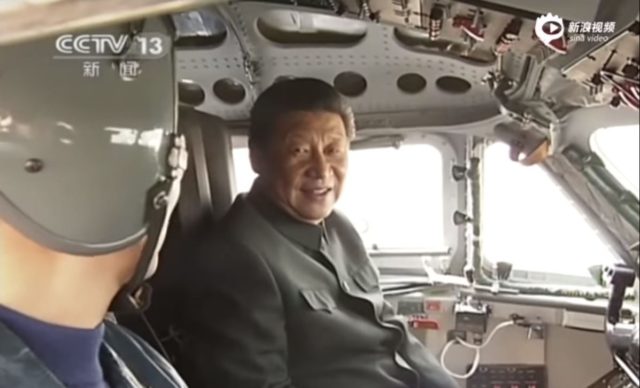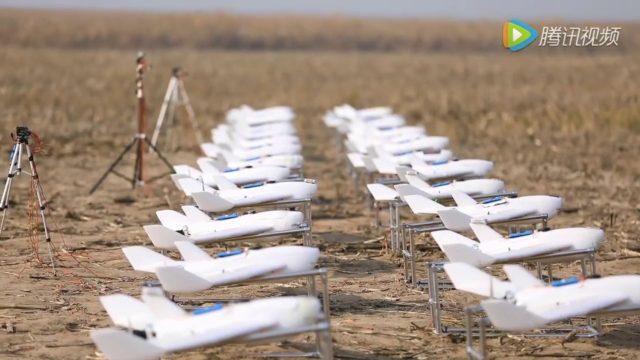 It can be difficult to separate the important from unimportant on any given day. Reflections mean to do exactly that — by thinking about what happened today, we can consider what might happen tomorrow.
It can be difficult to separate the important from unimportant on any given day. Reflections mean to do exactly that — by thinking about what happened today, we can consider what might happen tomorrow.
After a break of nearly two years, the leaders of two of the world's most powerful countries finally met on July 7. With much anticipation, Russian President Vladimir Putin and U.S. President Donald Trump held their first face-to-face session, on the sidelines of the G-20 summit in Hamburg, Germany. The hype surrounding the meeting was similar to that generated by theReagan-Gorbachev summits of the 1980s, when U.S.-Russian relations were at a similarly low level.
The Russians were cautious going into this meeting and let the White House define the type of encounter, knowing full well the pressure on Trump from Washington for his first meeting with Putin. Once a formal bilateral meeting was scheduled, the Kremlin set a fairly low bar on expectations. Kremlin spokesman Dmitry Peskov said that the goal of the brief encounter was to simply re-establish a dialogue, because Russia has not held a formal bilateral meeting with a U.S. leader in two years. The United States was cautious as well, debating public perceptions of the encounter while holding the contents of any agenda close. There was no shortage of topics to discuss: conflict in eastern Ukraine and Syria, North Korea's latest missile launch, counterterrorism and the reach of Russia's hybrid warfare strategy into the United States.







/96.08780993749993,21.507946202830542,3/421x337.png?access_token=pk.eyJ1IjoiZGFsdG9ud2IiLCJhIjoiOWdSSXFQSSJ9.HZyjh4g3TAAOAncwelv9Vw)
















